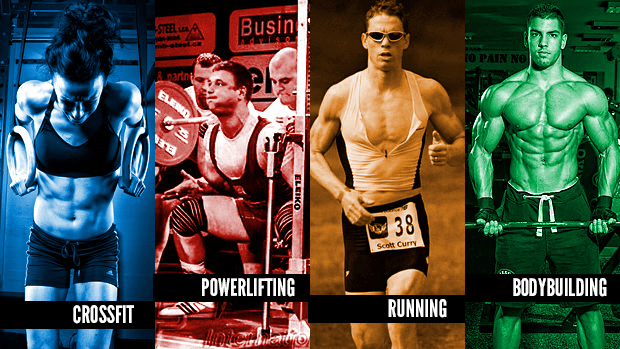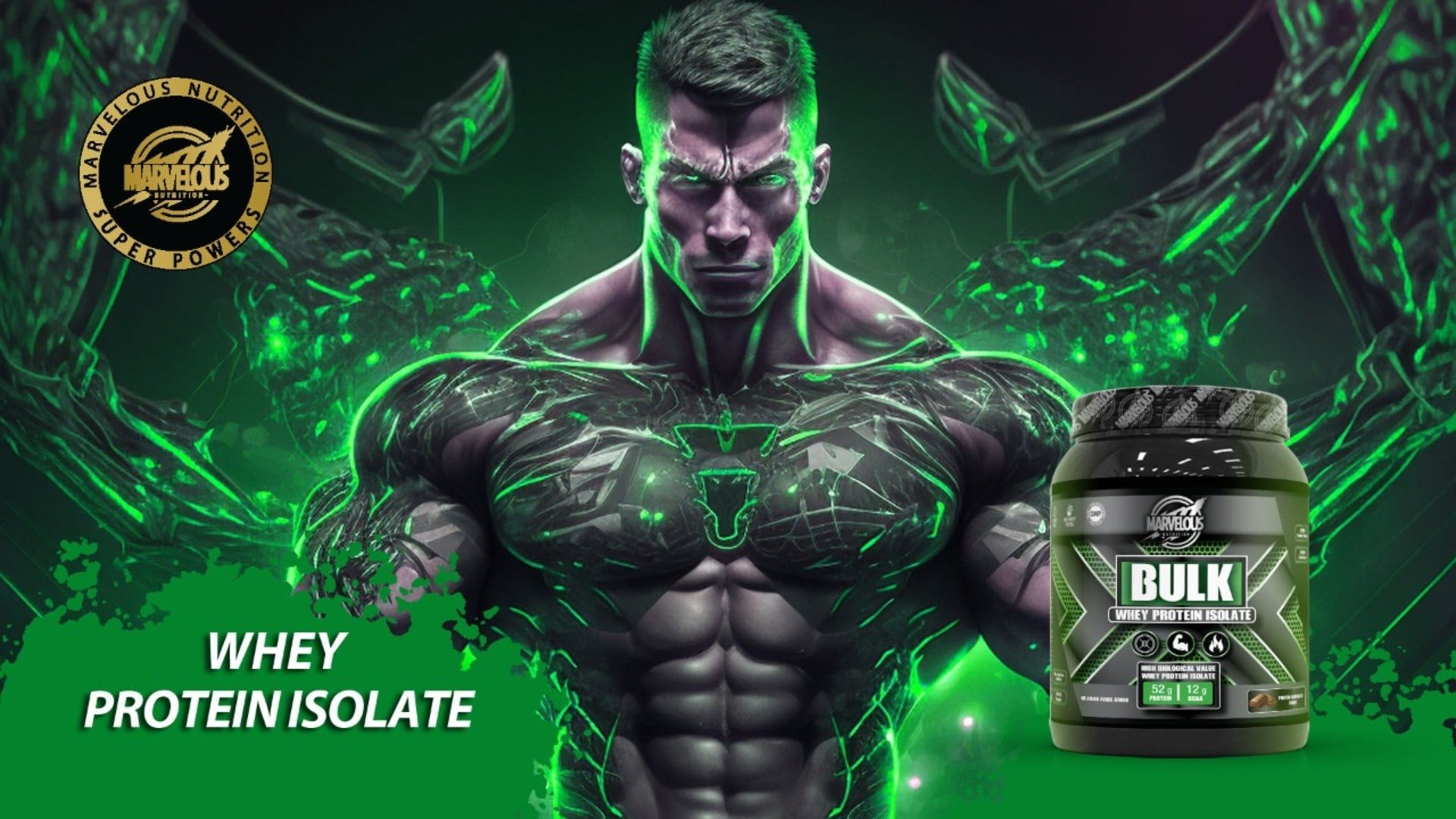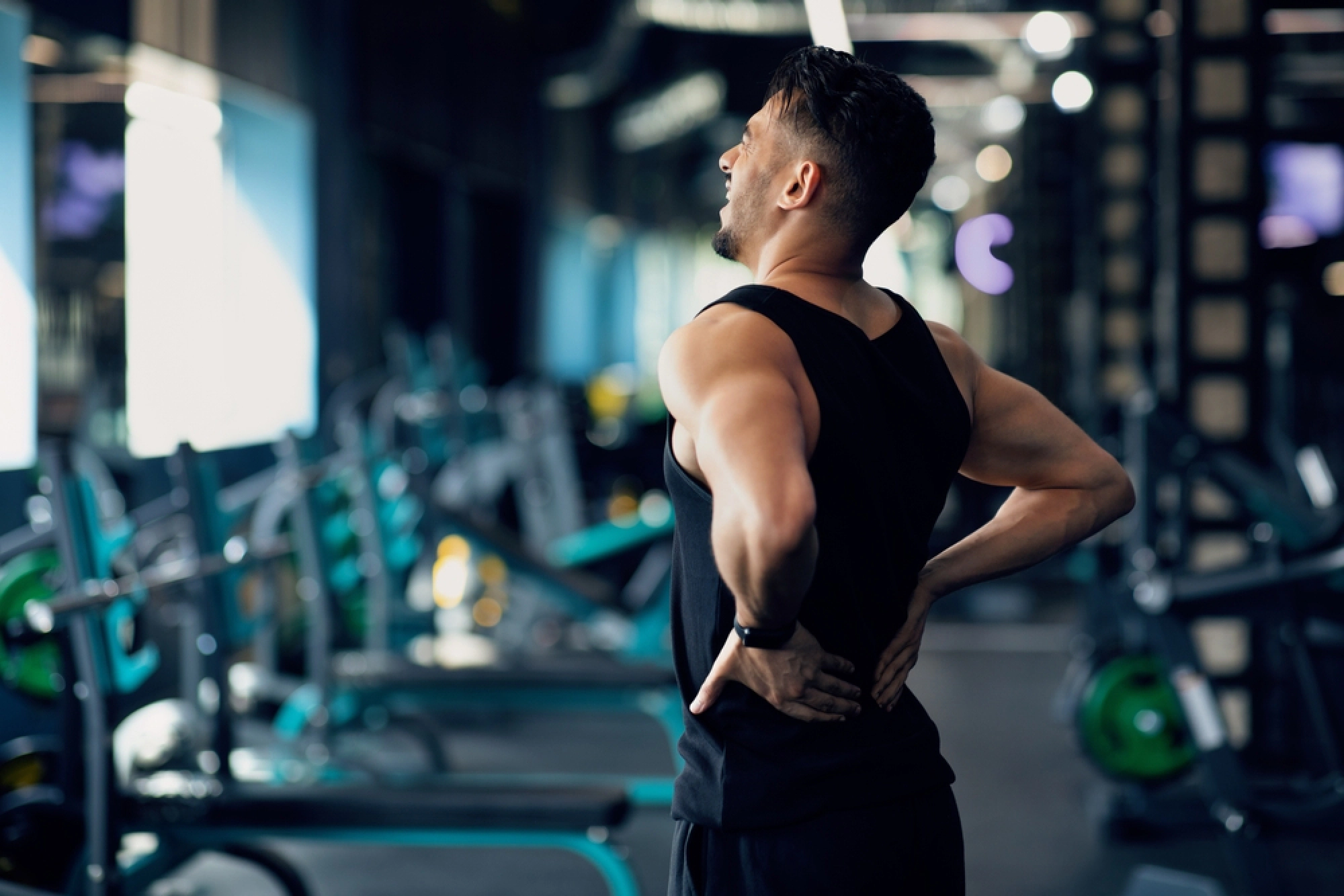In this article you will find:
Why Bodybuilding Training Falls Short of Athletic Performance Needs: Building Strength for Function, Not Just Form
Have you ever dreamt of achieving that sculpted, ripped physique often associated with bodybuilding champions? While there’s no denying the impressive aesthetics bodybuilding can deliver, it’s important to understand that this training style might not be the optimal choice for everyone, especially those seeking to enhance athletic performance.
This article delves into the key differences between bodybuilding and athletic training. We’ll explore why bodybuilding, while effective for building muscle mass, might not translate perfectly to peak athletic performance on the field, court, or track.
Bodybuilding vs. Athletic Training: Goals and Philosophies
Bodybuilding prioritizes aesthetic development. The primary goal is to sculpt and define muscles, often with a focus on achieving low body fat percentages. Training typically involves:
- Isolation exercises: These target specific muscle groups for hypertrophy (increased size).
- High repetitions (reps) and moderate weights: This approach builds muscle size and definition.
- Strict form and controlled movements: Maintaining perfect form takes priority over explosive movements or heavy lifting.
- Defined training splits: Bodybuilders might dedicate specific workouts to different muscle groups, leading to a more segmented approach.
Athletic training, on the other hand, focuses on enhancing performance in a specific sport or activity. It prioritizes:
- Functional movements: Exercises mimic the movements and demands of the athlete’s sport, building strength and coordination relevant to on-field performance.
- Explosive power and speed: Training incorporates exercises that develop explosive movements and rapid muscle contraction.
- Compound lifts: These exercises engage multiple muscle groups at once, mimicking real-world athletic movements.
- Periodization: Training programs are designed with specific phases to build strength, power, and endurance throughout the season.
The Shortcomings of Bodybuilding for Athletic Performance
While an impressive physique can be a confidence booster, bodybuilding training might not fully translate to athletic success. Here’s why:
- Limited functional movement: Bodybuilding exercises often focus on isolated muscle groups, neglecting the complex, coordinated movements required in various sports.
- Overemphasis on aesthetics: While strength is essential, athletic performance also relies on speed, agility, power, and explosive movements, which might not be adequately addressed in a bodybuilding routine.
- Reduced power and explosiveness: Bodybuilding often uses moderate weights and high reps, which might not translate well to the explosive bursts of energy needed for athletic performance.
- Potential for inflexibility: A bodybuilding focus on isolation exercises can lead to tight muscles and reduced flexibility, hindering agility and range of motion crucial for many sports.
The Allure of Bodybuilding: Can It Benefit Athletes?
Despite its limitations for pure athletic performance, bodybuilding training can offer some benefits for athletes when incorporated strategically:
- Increased muscle mass: Bodybuilding can help build a solid foundation of muscle mass, which can contribute to overall strength and power.
- Improved aesthetics: Feeling confident in your physique can translate to increased mental focus and motivation during athletic training.
- Mental discipline: The dedication and discipline required for bodybuilding can be valuable assets for athletes in maintaining training consistency.
Finding the Right Balance: Integrating Bodybuilding with Athletic Training
For athletes seeking a more well-rounded approach, combining elements of bodybuilding with sport-specific training can be beneficial. Here’s how:
- Focus on compound lifts: Prioritize exercises like squats, deadlifts, and lunges which engage multiple muscle groups and mimic athletic movements.
- Incorporate explosive exercises: Include exercises that develop explosive power, such as box jumps and plyometrics.
- Maintain flexibility and mobility: Regularly stretch and incorporate mobility drills to maintain a full range of motion.
- Sport-specific training remains the core: Ensure the majority of your training focuses on drills and exercises that directly translate to on-field performance in your chosen sport.
The Science Behind Strength and Performance: It’s Not Just About Muscles
Understanding the physiological differences between bodybuilding and athletic training can further solidify the importance of a well-rounded approach. Here’s a breakdown of some key factors:
- Muscle Fiber Recruitment: Bodybuilding primarily targets fast-twitch type II muscle fibers, responsible for generating short bursts of power. However, athletic performance also relies on slow-twitch type I muscle fibers, which provide sustained endurance crucial for longer activities. Athletic training incorporates exercises that engage both types of fibers, building a more complete strength profile.
- The Neuromuscular System: Bodybuilding often focuses on controlled, isolated movements, neglecting the complex interplay between the nervous system and muscles. Athletic training emphasizes drills that improve neuromuscular coordination, allowing for faster reaction times, efficient movement patterns, and precise muscle activation under pressure.
- Energy Systems: Different sports rely on various energy systems for fuel. Bodybuilding training primarily focuses on the ATP-PC system, responsible for short bursts of energy. Athletic training incorporates exercises that target both the ATP-PC system for explosive movements and the glycolytic and oxidative systems needed for sustained activity.
Beyond the Physical: The Mental Edge of Athletic Training
Athletic performance isn’t just about physical prowess; it also involves a strong mental game. While bodybuilding can build discipline, athletic training often incorporates drills and exercises that:
- Develop mental toughness: Athletes face pressure and setbacks, and training programs may incorporate elements that challenge them mentally and build resilience.
- Sharpen focus and concentration: Maintaining focus under pressure is crucial for athletes. Athletic training can involve drills that require intense concentration and quick decision-making.
- Enhance hand-eye coordination: Many sports require precise hand-eye coordination. Athletic training often incorporates drills that build this crucial skill for peak performance.
Considering Your Goals: Choosing the Right Training Approach
Ultimately, the best training approach depends on your individual goals. If your primary focus is aesthetics and building muscle mass, bodybuilding can be a great choice. However, if you’re an athlete seeking to elevate your performance on the field, a program that combines elements of bodybuilding with sport-specific training, power drills, and flexibility work will be more effective. Consulting with a certified athletic trainer or coach can help you design a personalized program that optimizes your strengths and addresses your specific needs.
Beyond the Gym: Essential Habits for Peak Performance
Training is a crucial element for athletic success, but it’s not the only factor. Here are some additional habits to consider for peak performance:
- Proper nutrition: A balanced and customized diet fuels your body for training and competition. Consult a sports nutritionist for guidance.
- Adequate rest and recovery: Allow your body sufficient time to recover from intense training sessions. Prioritize quality sleep.
- Injury prevention: Implement stretching and mobility routines to prevent injuries that can derail your athletic journey.
- Mental health management: Stress and anxiety can impact performance. Develop healthy coping mechanisms and maintain mental well-being.
Conclusion: Building a Well-Rounded Athlete
Bodybuilding and athletic training are distinct disciplines, each with its own strengths and limitations. By understanding the differences and incorporating elements of both into your training plan when appropriate, you can build a more complete foundation for athletic success. Remember, true athletic performance is a combination of physical strength, power, agility, mental fortitude, and a dedication to healthy habits.




